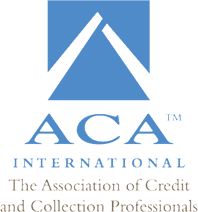Cash flow is an accounting term that is basically the net total of cash and other cash equivalents that come into a business, and out again. Cash flow can be seen like a high and low tide in the way that it ebbs and flows. There are two types of cash flow. There is positive cash flow and negative cash flow.
Positive Cash Flow
Positive cash flow is where a business is taking in more liquid assets than paying out in debts. The company’s liquid assets are increasing to the point where the business can pay off debtors, reinvest money into their business for growth and development, pay more money out to shareholders, pay any expenses, and put money aside for future endeavors. Having positive cash flow is the type of position that any company wants to find itself.
Negative Cash Flow
Negative cash flow is the opposite of positive, and if this trend continues for a business could be detrimental to it. This means that there are less liquid assets coming into the business that can be used to pay off debts, invest in the business, set aside money for shareholders, handle expenses, or put aside for a rainy day. Often, business is unable to stay afloat long with not having enough money coming in to pay off debts from creditors. Situations like this are not ideal for any business, and this must be solved quickly to ensure that the business stays open.
Cash and Cash Equivalents in Cash Flow
Cash and cash equivalents are considered the liquid assets of a company meaning that these monetary sources that the business has quick access to for running the business. These include any currency taken in, such as paper money and coins, checks that are not yet deposited, petty cash, checking accounts, money market accounts, savings accounts, and other investments that are considered short-term investments, such as U.S. Treasury bills.
The cash in hand, in the bank, or assets that can be liquidated quickly are all part of a company’s cash flow.
Cash Flow Examples
Positive Cash Flow
Stan’s Restaurant has received $35,000 in cash payments from customers for the month of March. This is their incoming cash and cash equivalents. The amount of money that is owed for building rent, electricity and other debts is $15,000. In this simplistic example, there is positive cash flow because the amount of money flowing into the business was more than the amount that the restaurant needed to pay out for that month.
Negative Cash Flow
Stan’s Restaurant has received only $10,000 for the month of April with cash flowing into the business. However, the debt amount has not changed from the $15,000. In this instance, they are in the negative comparing their cash coming in and the money flowing out by $5,000.

